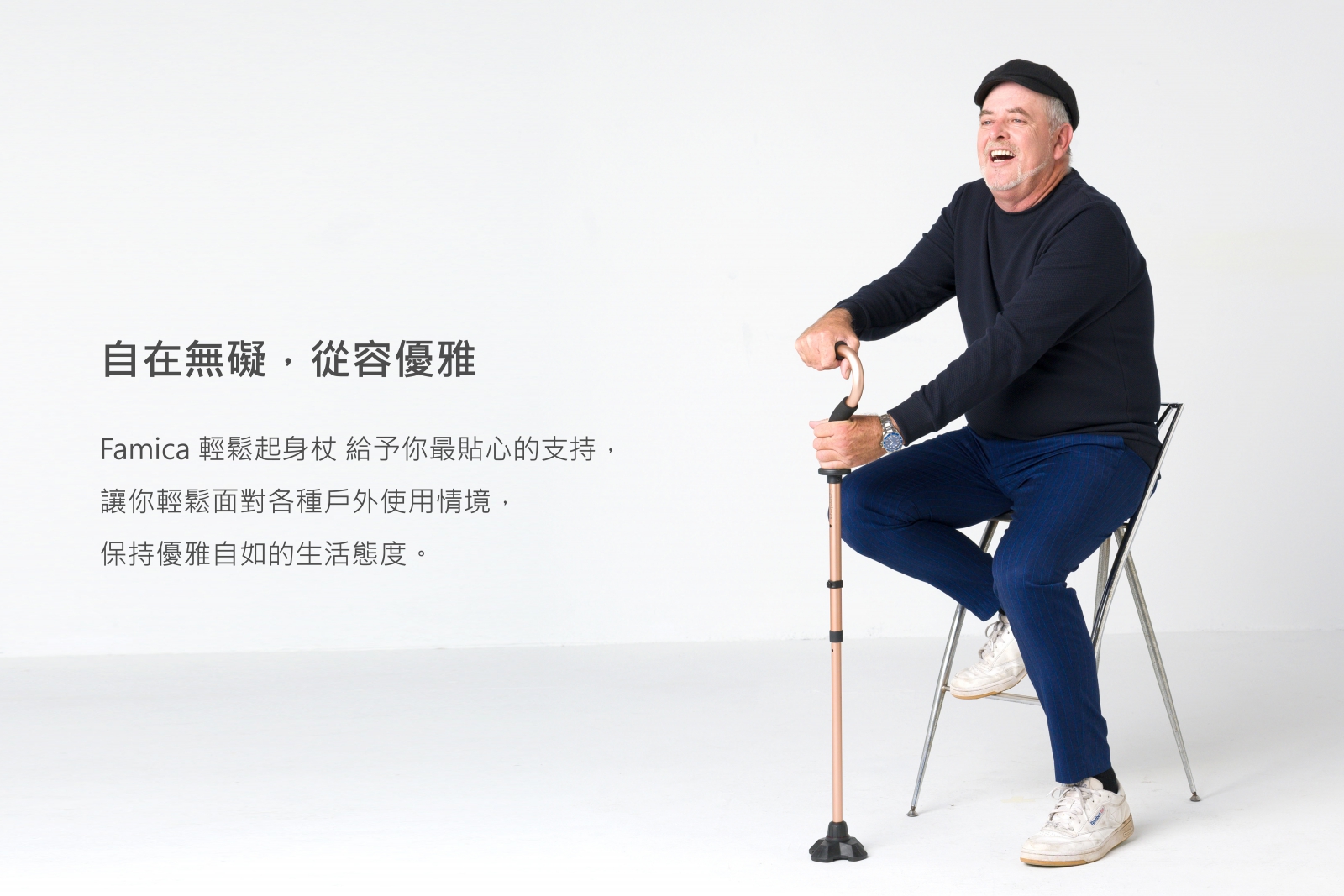Why the need for crutches for your knees?
It's true that we often hear the elderly discussing topics like hair care and skincare, but discussions about knee protection might be less common. On the other hand, complaints or mentions of issues like weak knees, difficulty walking, or even falling seem to come up from time to time.
The protection and daily maintenance of our knees are indeed crucial. It's essential not to wait until there's a problem with our knees or until we experience discomfort in colder weather to recognize the importance of knee care.
The knees endure a considerable amount of pressure in daily activities, but we may not always feel it. According to a health and fitness magazine, here's an approximation of the pressure the knees endure during various activities, expressed as multiples of body weight:
1. Walking: 1x
2. Brisk walking: 2x
3. Climbing stairs: 3-4x
4. Running: 3-4x
5. Squatting or kneeling: 8x
For example, for an adult male weighing 70 kg, climbing stairs puts at least 200 kg of pressure on the knees! Quite difficult to imagine, isn't it? Seeing these numbers, you can understand the importance of protecting and caring for your knees, especially for the elderly whose knees are prone to issues.
For individuals aged 60 and above, knee joint cartilage wears down naturally, leading to knee joint pain. Apart from aging, osteoporosis, and degenerative arthritis, we shouldn't overlook the issue of "muscle weakness."
Is there an elderly person in your home who seldom engages in outdoor activities and spends most of their time sitting in front of the TV? Even if they go out occasionally, they prefer riding a scooter for a five-minute trip to buy groceries. Such habits can lead to weak muscles, resulting in knee pain and weakness, making it painful to walk even a short distance.
The situations mentioned above are common among the elderly at home. Due to muscle weakness, they struggle to support their bodies, and when they do move, all the weight falls on their knees, causing pain. Consequently, they dislike walking, leading to a vicious cycle of muscle weakness.
"Only those with foot injuries need crutches" is a misconception. Physical therapists suggest that seniors with unstable mobility, slow pace, and poor balance should carry a cane when going out, acting as a "third leg." This not only enhances balance but also reduces pressure on the lower back, legs, and knees, preventing further deterioration of the joints.

In addition to the direct assistance it provides, a cane also serves as a warning signal. When others see an elderly person using a cane, they naturally become more alert, reducing the chances of the elderly getting injured due to accidental collisions.
Most elderly individuals are initially resistant to carrying a cane. Therefore, it's crucial to help them select a stylish, functional, and safe cane early on and encourage them to use it regularly during outings. This helps the elderly understand that a cane is not just a mobility aid but also a companion that enhances their quality of life.
Apart from developing the habit of using a cane, controlling diet and engaging in moderate weight training can also help maintain knee vitality and mobility. Moderate weight-bearing exercises improve calcium absorption and bone density. More importantly, they increase muscle strength and endurance. It's highly recommended that elderly individuals with weak muscles seek advice from rehabilitation specialists or professional fitness trainers to find suitable exercises.